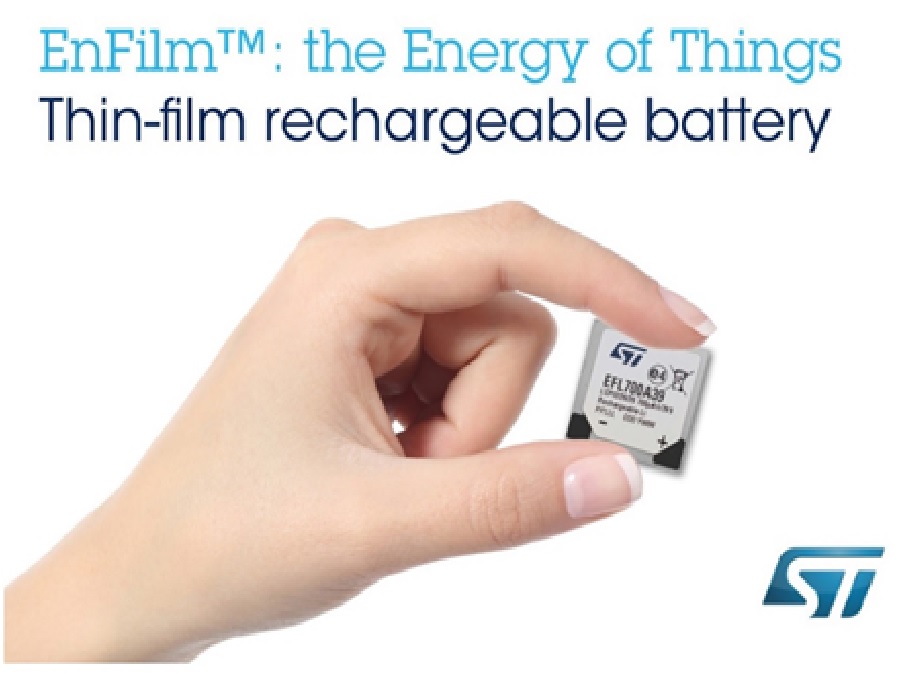Powering the Future: The Evolution of Thin Film Batteries
In today’s rapidly advancing technological landscape, the demand for portable and efficient power sources has never been higher. From smartphones to wearable devices, and even to medical implants, the need for batteries that are lightweight, compact, and long-lasting is paramount. This is where thin film batteries come into play, representing a significant leap forward in energy storage technology.
What are Thin Film Batteries?
Thin film batteries are a type of solid-state battery that utilizes thin layers of active materials to store and deliver electrical energy. Unlike traditional lithium-ion batteries, which often rely on bulky and rigid components, thin film batteries are made using lightweight and flexible materials, allowing them to be integrated into a wide range of applications.
How Do They Work?
At their core, thin film batteries consist of several layers, including electrodes, electrolytes, and current collectors, all deposited onto a substrate using techniques such as sputtering or chemical vapor deposition. These layers are typically only a few micrometers thick, hence the name “thin film.”
During operation, ions flow between the electrodes through the electrolyte, generating an electric current that can be harnessed to power electronic devices. Because of their unique design, thin film batteries offer several advantages over traditional battery technologies.
Advantages of Thin Film Batteries
Flexibility: Thin film batteries can be manufactured on flexible substrates, making them ideal for use in bendable or wearable electronics.
Miniaturization: The thin and compact nature of these batteries allows for miniaturization of devices, enabling the development of smaller and lighter gadgets.
High Energy Density: Despite their small size, thin film batteries can achieve high energy densities, providing ample power for various applications.
Fast Charging: Some thin film battery designs offer rapid charging capabilities, reducing downtime and improving user convenience.
Longevity: With proper design and materials, thin film batteries can exhibit excellent cycle life and calendar life, making them reliable for long-term use.
Advantages over other battery types
When compared to standard lithium-ion batteries, thin-film batteries perform better because of their higher average output voltage, lighter weight, higher energy density, long cycling life (1200 cycles without degradation), and wider operating temperature range (between -20 and 60°C).
The most promising technologies for achieving the requirements for high specific energy and high power at a cheap cost of production are lithium-ion transfer cells.
Li-ion transfer cells are produced by a thin-film lithium-ion battery’s electrodes’ ability to take lithium ions in either direction. To construct a thin-film battery, the anode, solid electrolyte, cathode, and current leads must all be created as multi-layered thin films utilizing the right technology.
In a thin-film-based system, the electrolyte is typically a solid electrolyte that can resemble a battery. This is not the case with conventional Li-ion batteries, which usually have a liquid electrolyte. The usage of the liquid electrolyte can become complex if it is not appropriate for use with the separator. Generally speaking, larger batteries are required for liquid electrolytes, which is not optimal when aiming for a high energy density in the finished product.
Thin-film flexible Li-ion batteries frequently use polymer electrolytes, which have several uses, including electrolyte, separator, and binder. This eliminates the issue of electrolyte leakage, allowing for the construction of flexible systems.
Finally, unlike conventional liquid lithium-ion batteries, solid-state systems can be tightly packed to maximize energy density. The advantage of thin film battery production is high energy
Applications
Thin film batteries have the potential to revolutionize numerous industries, including:
Consumer Electronics: Smartphones, smartwatches, and other portable devices could benefit from the slim profile and high energy density of thin film batteries.
Medical Devices: Implantable medical devices, such as pacemakers and insulin pumps, could utilize thin film batteries for their small size and long-lasting power.
Wearable Technology: Fitness trackers, smart clothing, and augmented reality glasses could incorporate thin film batteries for seamless integration and improved comfort.
Internet of Things (IoT): IoT devices, ranging from sensors to smart home devices, could benefit from the flexibility and energy efficiency of thin film batteries.
Military and Aerospace: Thin film batteries could find applications in unmanned aerial vehicles (UAVs), wearable electronics for soldiers, and other military or aerospace systems where lightweight and compact power sources are essential.
As technology continues to evolve, the demand for advanced energy storage solutions will only grow. Thin film batteries represent a promising avenue for meeting this demand, offering a combination of flexibility, miniaturization, and high performance. With ongoing research and development, these innovative power sources have the potential to shape the future of electronics, enabling a new generation of portable and efficient devices.
Source:
- https://www.ifam.fraunhofer.de/en/magazine/thin-film-battery.html
- https://www.empa.ch/web/s207/thin-film-batteries
- https://www.bitsathy.ac.in/blog/next-generation-lithium-battery/

